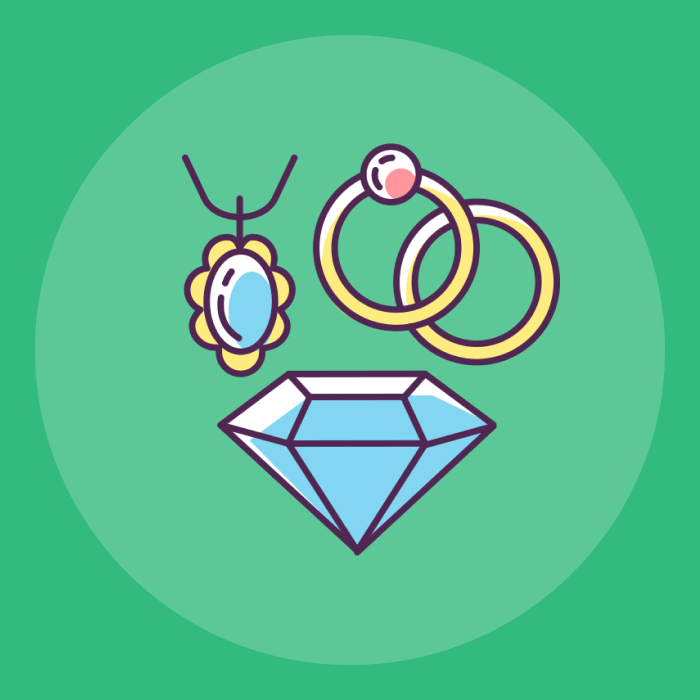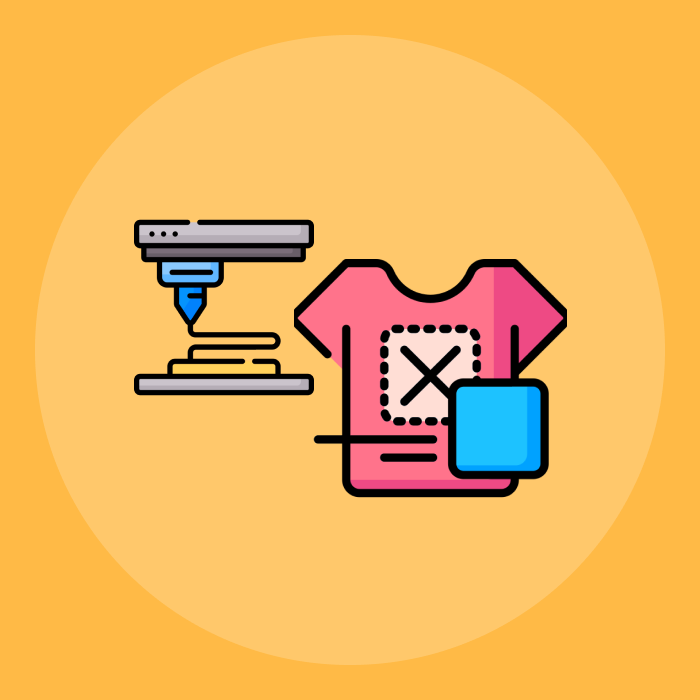Business
-

The Targeted Approach: Sculpting Your Fitness Business Around Your Ideal Customer
Sam Makad
-

5 New Approaches in B2B Referral Strategies
Ciara Byrne
-

Secure e-Invoicing: Two-Factor Authentication Guide
Ajeeta Bhatia
-

10 Ways To Drive More Sales In Your Business In 2024
Sam Makad
-

How to Buy and Sell Jewelry Online: 14 Essential Tips
Sam Makad
-

Beyond transactions: Cultivating financial empowerment
TNS Experts
-

Print on Demand: Creating Merchandise That Connects
Sam Makad
-

10 Tips To Start A Business As A Busy Parent
Sam Makad
-

How Do You Use Intent Data To Increase Inbound Leads?
Jaimin Kapadia
-

How To Automate Small Businesses Using No-Code?
Sam Makad
